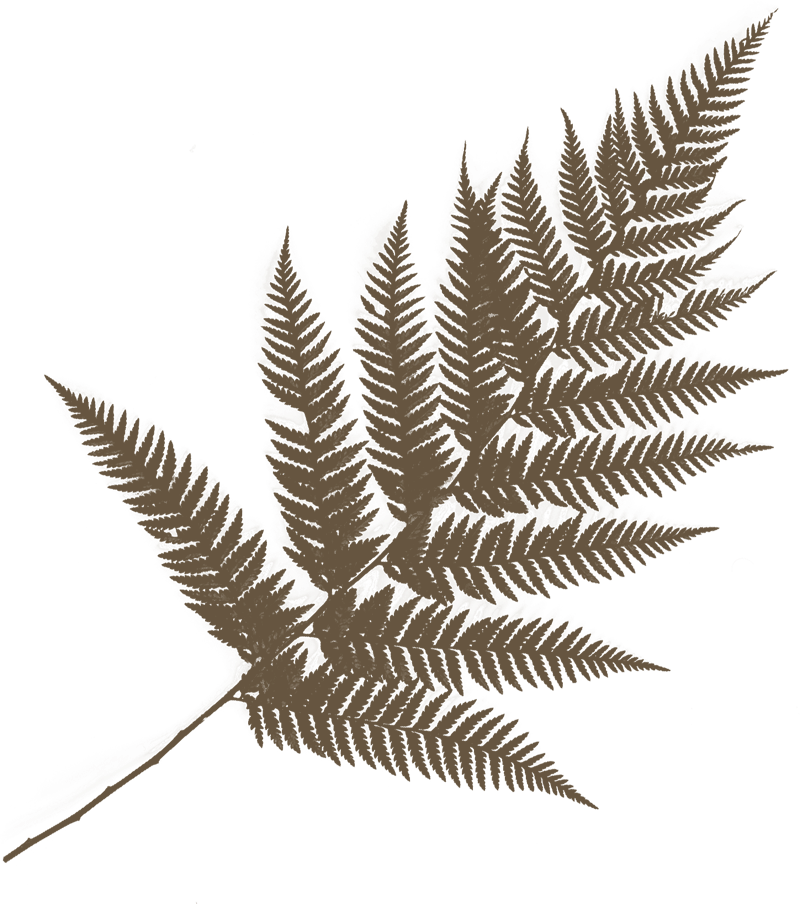



Dolmen of AITZKOMENDI
Town EGILAZ (San Millán) ARABA.
Dolmen located next to the old N-1 road. | 8 kilometres from Zadorra Etxea.
How to get there from Salvatierra / Agurain
Take the A-2128 road towards the Opakua pass.
After crossing the N-1 motorway, take the A-3138 road on the left, which runs parallel to the motorway. After 5 km there is a crossroads on the left hand side indicating Egilaz.
When you reach the village follow the signs and take the old N-1 road to the west of the village.
The car park is at the end of the village.
To return to Salvatierra-Agurain, continue along the same road and you will reach the motorway.
Brief history
Ricardo Becerro de Bengoa made a visit to the dolmen around 1878 and commented: “We climbed up to the small hill: there at the bottom, in the concavity of the artificial accumulation of earth is the grandiose dolmen of Eguilaz; the magnificent sepulchre of the Celtic warriors. The mound measures 280 paces in perimeter at its base”.
The monument is composed of six megalithic limestone stones and one sandstone (the one facing north), standing about 70 centimetres thick by 3 metres high, topped by another colossal stone of the same thickness and measuring more than 4 metres long by 3 metres wide.
Discovered in 1832 by a farmer who was ploughing with his oxen in that area, it was explored inside, where a multitude of skeletons were found, whose skulls, still well preserved, had perfect molars and a natural colour in their jaws.
Several copper spear or arrowheads were also found, some of the remains of which were sent to the Academy of San Fernando, with a report written by the then mayor of Salvatierra, Don Pedro Andrés de Zabala, (January 1833). In it, this gentleman says, among other curious things, that the skeletons were of men and boys, none of women; and that in addition to the dolmen, a covered path was discovered, which led to it from the lower edge of the mound, formed by large stones and a little more than 1 metre high, and a similar width; and that in the surrounding earth there were many ashes and traces of fire…”..
The last person buried in the Aizkomendi dolmen was a Napoleon’s soldier fleeing from Vitoria in 1813.
The imperial buttons of his coat were found among the more than 300 bodies unearthed in this Neolithic burial mound, the largest and first to be discovered in the Basque Country.
5,000 years after being built with the simplest technique, it was still used as an alternative grave to the Catholic cemetery.



